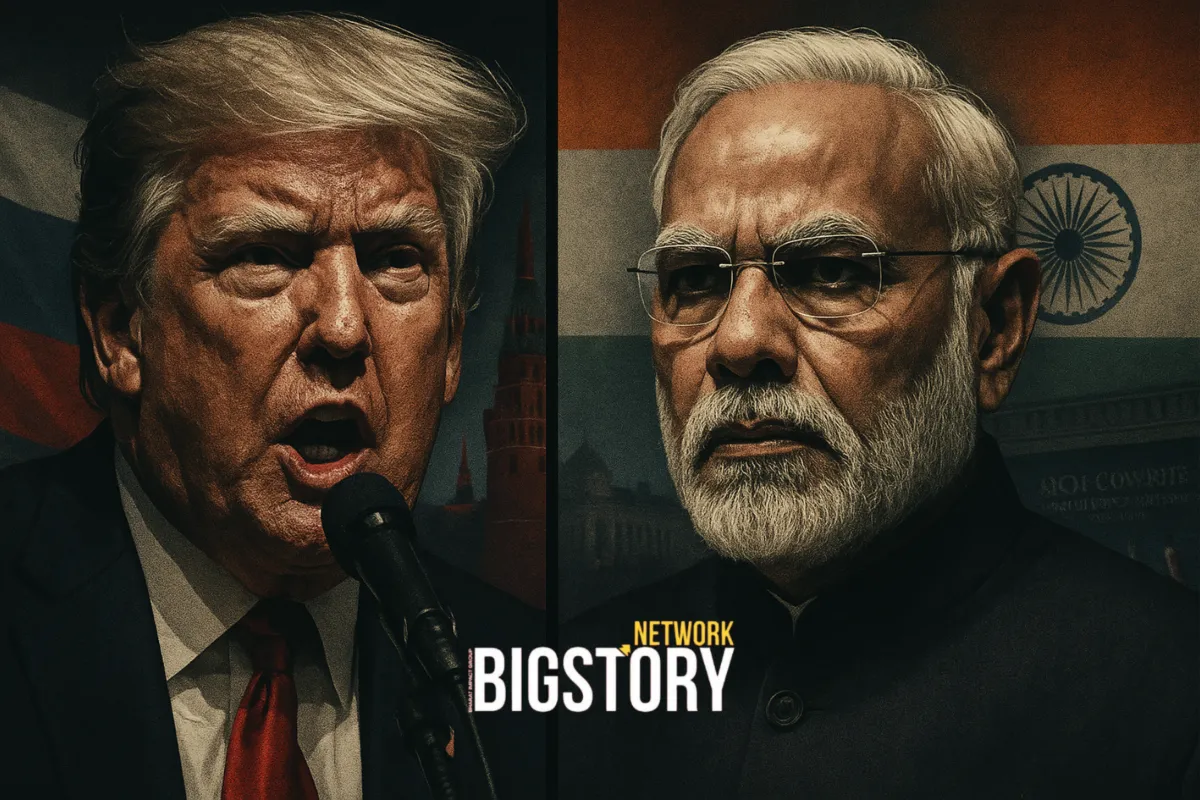In a landmark diplomatic move, India and the Philippines have elevated their bilateral relationship to a strategic partnership, signaling a new era of enhanced cooperation that has significant implications for the geopolitical landscape of the Indo-Pacific. The formalization of this partnership occurred during the state visit of Philippine President Ferdinand Marcos Jr. to India, where he was hosted by Prime Minister Narendra Modi. This decision marks a pivotal moment, as both nations seek to deepen their collaboration across multiple fronts, from defense and security to trade and digital technology.
The core of this elevated relationship is a shared vision for a free, open, and rules-based Indo-Pacific. The joint statement from the leaders was a clear and subtle message to Beijing, as both sides expressed concern over "coercive and aggressive actions" in the South China Sea that impact regional peace and stability. They reiterated their support for the final and binding 2016 arbitral award on the South China Sea, which had refuted China's expansive claims. The timing of this partnership is particularly noteworthy, coinciding with the first-ever joint naval exercises between India and the Philippines in the South China Sea, a tangible display of their growing security alignment.
Defense and security cooperation has emerged as the most dynamic pillar of this new strategic partnership. The Philippines, which is in the process of modernizing its armed forces, has expressed a keen interest in procuring more defense equipment from India. This follows a landmark $375 million deal in 2022 for the BrahMos supersonic cruise missile system, making the Philippines the first foreign buyer of this Indo-Russian joint venture. The new agreements include the finalization of terms of reference for cooperation between all three wings of the armed forces, as well as enhanced interoperability through increased port calls and maritime capacity building. This burgeoning defense trade not only strengthens the Philippines' capabilities but also positions India as a significant defense exporter in Southeast Asia.
On the economic front, the new partnership is a catalyst for renewed trade ambition. Prime Minister Modi has underscored the urgency of reviewing the India-ASEAN Free Trade Agreement (AITIGA) to make it more effective, user-friendly, and trade-facilitative. With the Philippines set to chair ASEAN next year, New Delhi is leveraging this opportunity to push for a more favorable trade balance and address concerns over the existing agreement. The two leaders also decided to work towards a bilateral Preferential Trade Agreement to further boost their trade volume, which has crossed the $3 billion mark. This dual-pronged approach—addressing the regional FTA while pursuing a bilateral one—reflects India's strategic intent to unlock the full potential of its economic engagement with the region.
Beyond defense and trade, the partnership is a comprehensive one. The two nations signed 13 agreements and MoUs covering a diverse range of sectors. These include mutual legal assistance in criminal matters, cooperation in the peaceful uses of outer space, and a commitment to collaborate on digital technologies. India has also announced its support for a pilot project to establish the Philippines' Sovereign Data Cloud Infrastructure, a move aimed at bolstering digital independence and cybersecurity. In a gesture to promote people-to-people ties, India announced a gratis e-tourist visa facility for Filipino nationals for a period of one year, a move reciprocated by the Philippines with visa-free entry privileges for Indian tourists.
The elevation of India-Philippines ties to a strategic partnership is a clear manifestation of India's "Act East" policy in action. It demonstrates India's commitment to deepening its engagement with its Southeast Asian neighbors, particularly those facing geopolitical pressures. For the Philippines, the partnership with India, a rising power and a key player in the Quad grouping, offers a crucial balance and strengthens its position in its territorial disputes. As maritime democracies, their synergy in defense, trade, and digital cooperation holds long-term regional significance. This partnership is not just a diplomatic formality; it is a foundation for a future-oriented, mutually beneficial collaboration that can serve as a pillar of stability and prosperity in the Indo-Pacific.







Leave a Reply